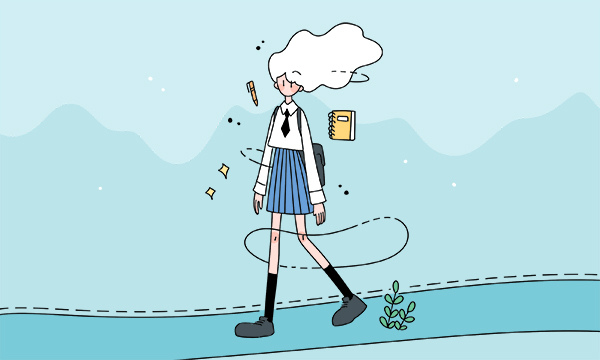-
-
不能。高职院校招生规定,文科类、理科考生的3门普通高中学业水平考试科目均须获得等级成绩,且至少有1门达到C级及以上等级。报考本科要求,至少须有2门学科成绩达到C级及以上。

广东学考录取要求
考生填报志愿时,须根据本人普通高中学考考试成绩情况,报考相应层次高校。普通高中学考考试成绩未能达到相应层次高校录取要求的,其填报的对应高校志愿无效。
报考文科类、理科类本科院校,其普通高中学考考试科目(文科类为物理、化学、生物3门,理科类为思想政治、历史、地理3门)均须获得等级成绩,且至少须有2门学科成绩达到C级及以上;报考文科类、理科类专科院校,其普通高中学考考试科目均须获得等级成绩,且至少须有1门成绩达到C级及以上等级。
普通高中学考考试等级成绩,位次由高到低分A、B、C、D、E五个等级。E等级成绩为不合格,其他等级学考成绩均认定为合格。各等级人数所占比例依次为:A等级15%,B等级30%,C等级30%,D等级23%以上,E等级(含0分)不超过当次当科考生总数的2%。根据上述规定,合格性考试各等级成绩与卷面分数无关,而与考生在当次当科考生总数的排名有关。
广东学考等级怎么划分标准
根据广东省教育考试院的规定来看,合格性考试成绩不合格的比例不超过当次当科考生总数的2%,其他考生成绩均认定为合格。
合格性考试成绩,可以分为A、B、C、D、E五个等级,每个等级所占人数比例为:
A等级15%
B等级30%
C等级30%
D、E等级(含0分,下同)共25%,其中E等级为不合格。
对于合格考等级是否是影响录取,从考试院此前通知来看,普高学生在高中阶段需要通过9门合格考,否则无法取得高中毕业证书,同时影响高校录取和报考。
有同学在广东省教育考试院“互动交流”栏目留言,也得到了省考试院的官方回复。官方表示新高考的录取对普通高中学业水平考试合格考成绩没有做等级要求(也就是不限制等级),但计入高考总成绩的3门普通高中学业水平选择性考试对应的普通高中学业水平合格性考试科目成绩须合格。同时综合评价等特殊类型招生院校对于考生普通学考成绩也会有所要求,大家在高考的时候需要多关注院校的招生简章。